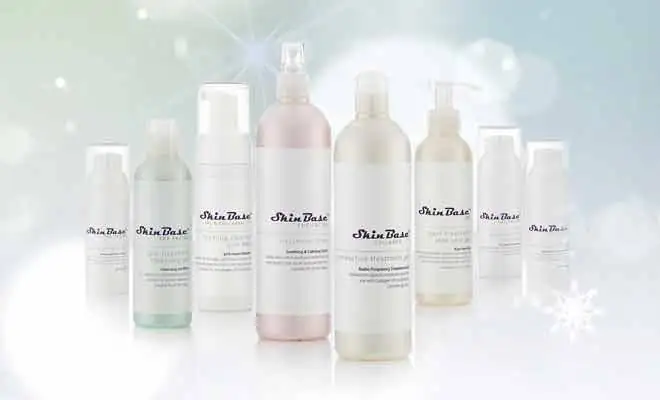Post Inflammatory Hyperpigmentation (PIH) is a common skin condition affecting people of all genders, skin types and ages. Though not a serious medical condition, PIH can be distressing for those experiencing it, which can have a detrimental impact on self esteem. If you’re asking yourself ‘what is post inflammatory hyperpigmentation’ and what causes it, it is time to find out.
What is Post Inflammatory Hyperpigmentation?
PIH, also known as acquired melanosis, is a condition causing areas of the skin affected by inflammation or injury to darken. The darkened patches may be flat or raised, and can appear black, brown or red in colour. Excess melanin causes skin discolouration. Melanin is the pigment that gives the skin its colour. Occurring anywhere on the body, PIH is not restricted to certain areas as some pigmentation conditions usually are. The greater deposits of melanin within the skin can be caused by many factors, such as inflammation, trauma and hormones. Individuals classified as a Fitpatrick skin type 3-6 are more at risk of developing stubborn PIH.
What Causes Post Inflammatory Hyperpigmentation
Now we have answered ‘what is post inflammatory hyperpigmentation’, it is time to understand the causes.
(1) Inflammation
Inflammation within the skin is one of the primary triggers for PIH. A variety of factors cause skin inflammation, including acne, eczema, and psoriasis. If you suffer from any of these conditions, take care not to aggravate your skin further. Avoid popping pimples or picking at your skin to minimise your chances of developing PIH. When the skin undergoes an inflammatory response, it often triggers melanocyte activity. Melanocytes are melanin-producing cells. Therefore, the increased stimulation of melanocytes after inflammation results in large amounts of melanin being produced and deposited into the skin.
(2) Trauma to the Skin
Physical trauma to the skin, such as cuts, burns, bites, scratches or abrasions, can also result in post-inflammatory hyperpigmentation. The healing process that occurs within the skin seems to involve the release of excess melanin, causing the dark spots and patches to develop in the affected areas.
(3) Allergic Reactions
Allergic reactions, arising from environmental factors or ingredients in skincare products for example, can trigger inflammation within the skin. The inflammation can contribute to PIH, as described above. To avoid PIH, it is crucial to be aware of any sensitivities you may have and promptly address them to prevent skin discolouration. Allergic reactions can also have serious, non-skin related consequences, so it is important that you understand and manage what you are sensitive to.
(4) Hormonal Changes
Fluctuations in hormones, particularly during pregnancy or as a result of certain medications, can influence melanin production, resulting in conditions such as melasma. This hormonal influence can also contribute to the development of post-inflammatory hyperpigmentation.
(5) Sun Exposure
Ultraviolet (UV) radiation from the sun is a significant factor in the exacerbation of hyperpigmentation symptoms. Without proper protection, sun exposure can darken existing spots and increase the risk of developing new ones. It is essential to use sunscreen with a high SPF to protect the skin from harmful UV rays. The SkinBase Daily Repair and Protect cream is an excellent choice to keep the skin healthy, allowing you to maintain an even complexion.
(6) Skin Procedures
Medical and cosmetic procedures can also contribute to PIH developing. Laser therapy, radiation therapy, cryotherapy and chemical peels each have the potential to influence excess melanin production within the skin.
What is Post Inflammatory Hyperpigmentation
Now you know what Post Inflammatory Hyperpigmentation is, don’t miss our next blogs on how to treat PIH! Get started by finding your nearest SkinBase Therapist.
The Ultimate Guide to Pigmentation
The SkinBase™ ‘Ultimate Guide to Pigmentation & Skin Blemishes’ has been created by beauty industry professionals and is packed full of hints, tips and information on how to treat and look after your skin.
Download Now

